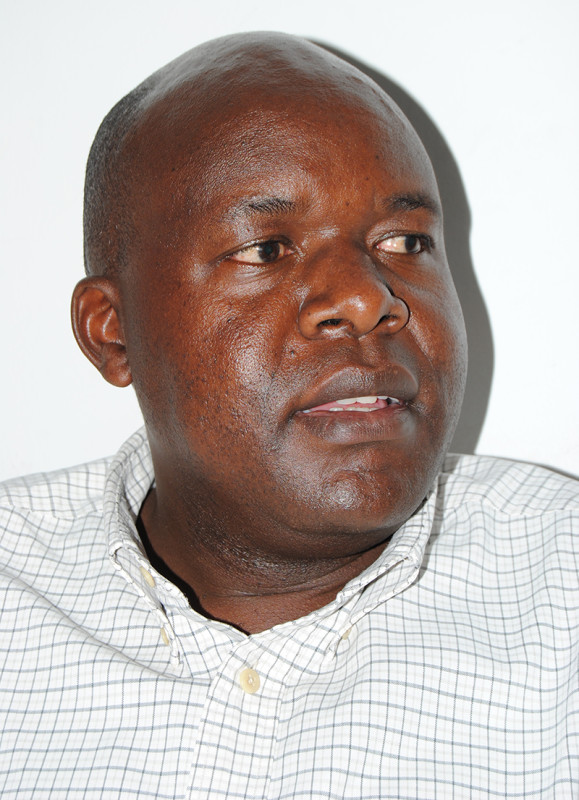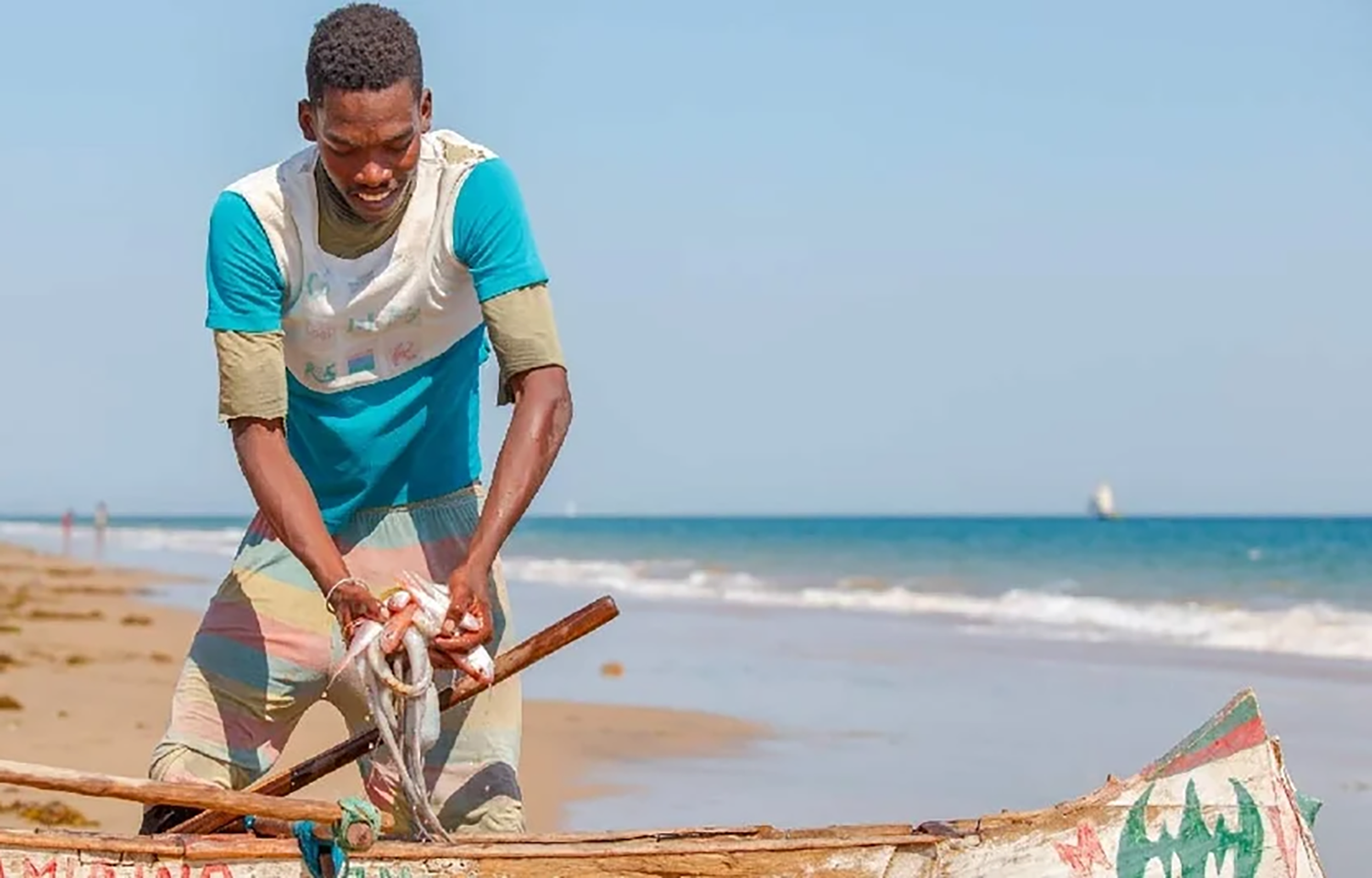The West African country of Benin has launched a USD 36.4 million (EUR 33.7 million) aquaculture project aimed at increasing its domestic fish output and improving the sustainability of the country’s marine and inland fish-farming practices.
Approved by the African Development Bank (AfDB), which is serving as the leading financier on the project, the initiative, referred to as “Project to Promote Aquaculture and the Competitiveness of Fisheries Value Chains (PROMAC),” also aims to ensure the country’s fisheries and aquaculture sectors play a bigger role in ensuring food security and bolstering local economies.
To achieve these goals, the project plans to develop competitive and climate-resilient fish farming, invest in commercial value chains and sustainable fisheries management, and promote social and ecological resilience in fragile systems in Benin’s blue economy.
Existing aquaculture businesses like hatchery centers, fish farms, and feed factories, will be the main beneficiaries of the project, which is planning to aid in modernizing facilities.
If everything in the project’s scope goes to plan, by the time the project wraps up in 2028, Benin would have achieved production of 65 million fingerlings per year – including 40 million tilapia, 20 million of the Clarias group of catfish, and 5 million fish comprising other species. The initiative will also enable production of 30,000 metric tons of fish feed per year.
“A significant part of the fishing community in Benin has waited a long time, and now the project is underway,” Benin Minister of Agriculture, Livestock Farming, and Fisheries Gaston Cossi Dossouhoui said. “We have men and women who rely on fishing for their livelihoods and had no way of realizing their potential. Moreover, fisheries and aquaculture were seen as poorly related to the agricultural sector. Our plan is to reverse that by taking advantage of the political will that now exists.”
Besides current enterprises that will benefit from the project, another goal is to create aquaculture hubs utilizing existing, functional infrastructure in the fishing industry, according to the AfDB.
The hubs have been designated around existing fish cooperatives and groups located in low-lying areas, especially those comprising women and young people in the fishing industry who will, over the next five years, be equipped with the infrastructure necessary to run a successful fish-farming operation
Doussouhoui said Benin’s fisheries and aquaculture sub-sector has “been underexploited, despite its enormous potential, so much so that it has become a limiting factor on agricultural sector growth.”
Benin produces only 40 percent of the seafood its citizens demand each year, with the remaining 60 percent deficit met through imports. Additionally, Benin’s fisheries employ 15 percent of the country’s working population but contributes a just 8 percent to the national agriculture gross domestic product.
“Implementing this project is an opportunity for the AfDB to expand its portfolio and position itself as a key partner for Benin’s socioeconomic development,” Robert Masumbuko, the AfDB’s country manager for Benin, said.








